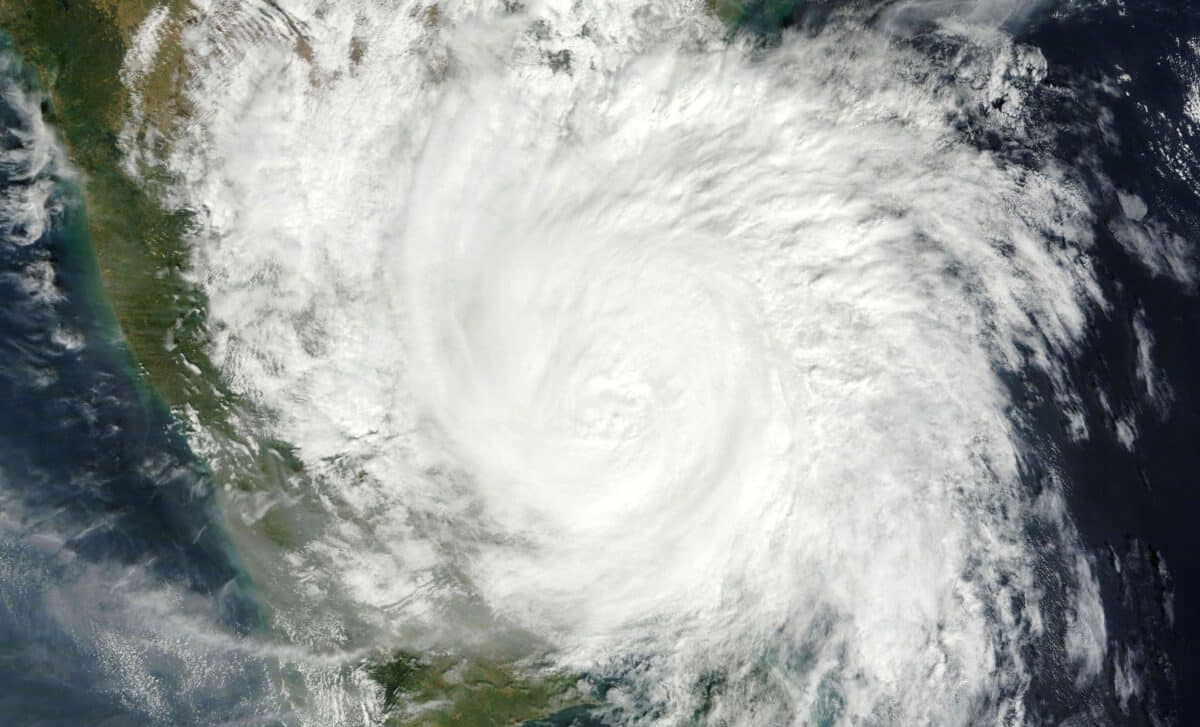Millions of Australians across Queensland and northern New South Wales are preparing for severe disruptions as Cyclone Alfred makes landfall. Authorities have implemented sweeping emergency measures to mitigate the impact, including school closures, public transport suspensions, and restrictions on road access.
The storm’s impact could lead to power outages, flash flooding, and hazardous coastal conditions in major cities like Brisbane, Gold Coast, and Sunshine Coast. According to The Sydney Morning Herald, precautions are being taken as Cyclone Alfred intensifies and moves closer to landfall.
Schools and Public Transport Shut Down
In response to the worsening weather, over 600 state schools will remain closed on Thursday and Friday, alongside numerous Catholic and independent institutions. Childcare centres have also been given provisions to waive fees and allow unlimited absences for families affected by the storm.
Public transport services have been suspended across Brisbane, Gold Coast, Sunshine Coast, Ipswich, Logan, and Toowoomba, among other areas. Buses and school transport have been cancelled until further notice, and Brisbane River ferries and Southern Moreton Bay Island ferries will cease operations from Thursday.
While Queensland Rail trains will operate until the end of service on Wednesday, Gold Coast trams will stop running after the night’s last scheduled trip. Officials are warning residents to avoid travel unless absolutely necessary.
Major Road Closures and Flood Risks
Authorities have confirmed that all major roads and bridges will be closed once wind speeds exceed 90 km/h. This includes key infrastructure such as the Sir Leo Hielscher Bridges and the Story Bridge footpaths, which will be shut from Wednesday evening. With the storm’s high-intensity rainfall expected to cause significant flooding, motorists are urged to avoid travel and seek shelter.
The Brisbane Regional Harbour Master has issued a red alert, prohibiting vessels from operating in the affected waterways. Emergency services are also monitoring coastal erosion risks, as waves of up to eight metres are forecasted to batter the shorelines.
Hospitals and Council Services Disrupted
Queensland’s public health system is preparing for the storm’s impact, with all elective surgeries cancelled for Thursday and Friday. Emergency services will remain operational, and backup generators are in place to ensure hospitals continue functioning.
Medical staff have been instructed to stay on-site for extended shifts to avoid being stranded due to blocked roads. Local councils have also suspended rubbish collection and kerbside waste services, while libraries, community halls, and public pools will close until conditions stabilise.
A Rare Cyclone Event for Southeast Queensland
Tropical cyclones of this magnitude are uncommon in southeast Queensland, with Cyclone Alfred being the most significant storm to impact the region in decades. The last recorded tropical cyclone in the area was in 1974, when ex-Tropical Cyclone Zoe caused widespread devastation.
Cyclone Alfred is currently tracking towards the coast, with wind gusts of up to 130 km/h. The Bureau of Meteorology (BOM) warns that rainfall totals could reach between 200 and 400 millimetres, significantly increasing the risk of flash flooding in vulnerable areas.
Residents in flood-prone zones have been urged to prepare emergency supplies and secure outdoor belongings. Sandbagging stations have been set up, and people are advised to stay indoors for the next 48 hours.









